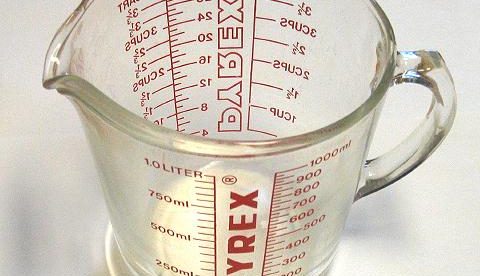The Weekender, March 29, 2019

1) “The Secrets of the World’s Greatest Art Thief” (GQ, 37 minutes, February 2019). Thanks go to reader John G. for this one — I love a good art thief story.
“Don’t worry about parking the car,” says the art thief. “Anywhere near the museum is fine.” When it comes to stealing from museums, Stéphane Breitwieser is virtually peerless. He is one of the most prolific and successful art thieves who have ever lived. Done right, his technique—daytime, no violence, performed like a magic trick, sometimes with guards in the room—never involves a dash to a getaway car. And done wrong, a parking spot is the least of his worries.
Just make sure to get there at lunchtime, Breitwieser stresses, when the visitors thin and the security staff rotates shorthanded to eat. Dress sharply, shoes to shirt, topped by a jacket that’s tailored a little too roomy, with a Swiss Army knife stashed in a pocket.
Be friendly at the front desk. Buy your ticket, say hello. Once inside, Breitwieser adds, it’s essential to focus. Note the flow of visitor traffic and memorize the exits. Count the guards. Are they sitting or patrolling? Check for security cameras and see if each has a wire—sometimes they’re fake.
When it comes to museum flooring, creaky old wood is ideal, so even with his back turned, Breitwieser can hear footsteps two rooms away. Carpeting is the worst. Here, at the Rubens House, in Antwerp, Belgium, it’s somewhere in between: marble. For this theft, Breitwieser has arrived with his girlfriend and frequent travel companion, Anne-Catherine Kleinklaus, who positions herself near the only doorway to a ground-floor exhibition room and coughs softly when anyone approaches.
2) “Workism Is Making Americans Miserable” (The Atlantic, 12 minutes, March 2019). The subhead: “For the college-educated elite, work has morphed into a religious identity—promising transcendence and community, but failing to deliver.” Thanks to both Roger G. and Shamama M. for sharing this one.
3) The Now I Know Week in Review:
Monday: The Spring That Prematurely Ended a Magical Summer — Grab yourself a Cokie and a bucket of foul-smelling water.
Tuesday: The Pittsburgh Potty — why are there random toilets in Pittsburgh’s basements?
Wednesday: War Games — More like Prisoner of War games.
Thursday: The Race to Letter the Boxes — A crossword puzzle tale.
4) In writing yesterday’s, I came across a lot of long-reads about competitive crossword puzzle answering. Instead of picking just one to share, here are three:
- A writer goes to the 2018 tournament — and doesn’t do so well. (12 minutes)
- “Puzzle Lovers Find Their Tribe at a Crossword Tournament” — the New York Times’ coverage of the 2018 tournament. (6 minutes)
- Vox’s deep dive into crossword puzzle tournaments — it’s probably the most robust deep-dive you’ll find. (15 minutes)
WeekenderAdUnits
5) “The Pyrex Glass Controversy That Just Won’t Die ” (Gizmodo, 9 minutes, March 2019). I’ve written about the new Pyrex before but this goes well beyond that (and really, in a totally different direction). Thanks to Roger M. for the suggestion. (The article isn’t to easy to quote — the excerpt below feels like it cuts off too early, but it’s the best I could do.)
To understand the Pyrex controversy, you have to look at the reports of explosions within the context of the history of glass. Not the whole history of glass, of course, but rather a series of innovations that started with Otto Schott, a German scientist who invented a new type of glass in the late 1800s. This so-called borosilicate glass was not only heat resistant but also stood up to sudden temperature changes. Corning Glass Works developed its own recipe for borosilicate glass in 1908, and Corning employee Jesse Littleton discovered a new use for the material after his wife Bessie used a sawed-off borosilicate glass battery jar for baking. Seven years later, Pyrex cookware hit the American market. The company referred to its products as “fire-glass” in early ads.
These dates are important because Corning’s patent on the borosilicate glass used to make Pyrex pans expired in 1936. At that time, the company developed a new formula for aluminosilicate glass, which it used to create a line of frying pans called Pyrex Flameware. (This line was discontinued in 1979.) The real roots of the current controversy were planted in the 1950s, when Pyrex began making cookware out of tempered soda-lime glass. Corning licensed the Pyrex brand to a company called World Kitchen—now known as Corelle Brands—in 1998, and by nearly all accounts, all Pyrex cookware sold in the United States after that year has been made of tempered soda-lime glass. This is where the controversy really heats up.
6) “Appl Still Hasn’t Fixd Its MacBook Kyboad Problm” (WSJ, 6 minutes, March 2019). No typos in that headline. And the whole article is missing the letters “e” and “r,” but it has toggles in case you want to turn those letters on.
Have a great weekend!
